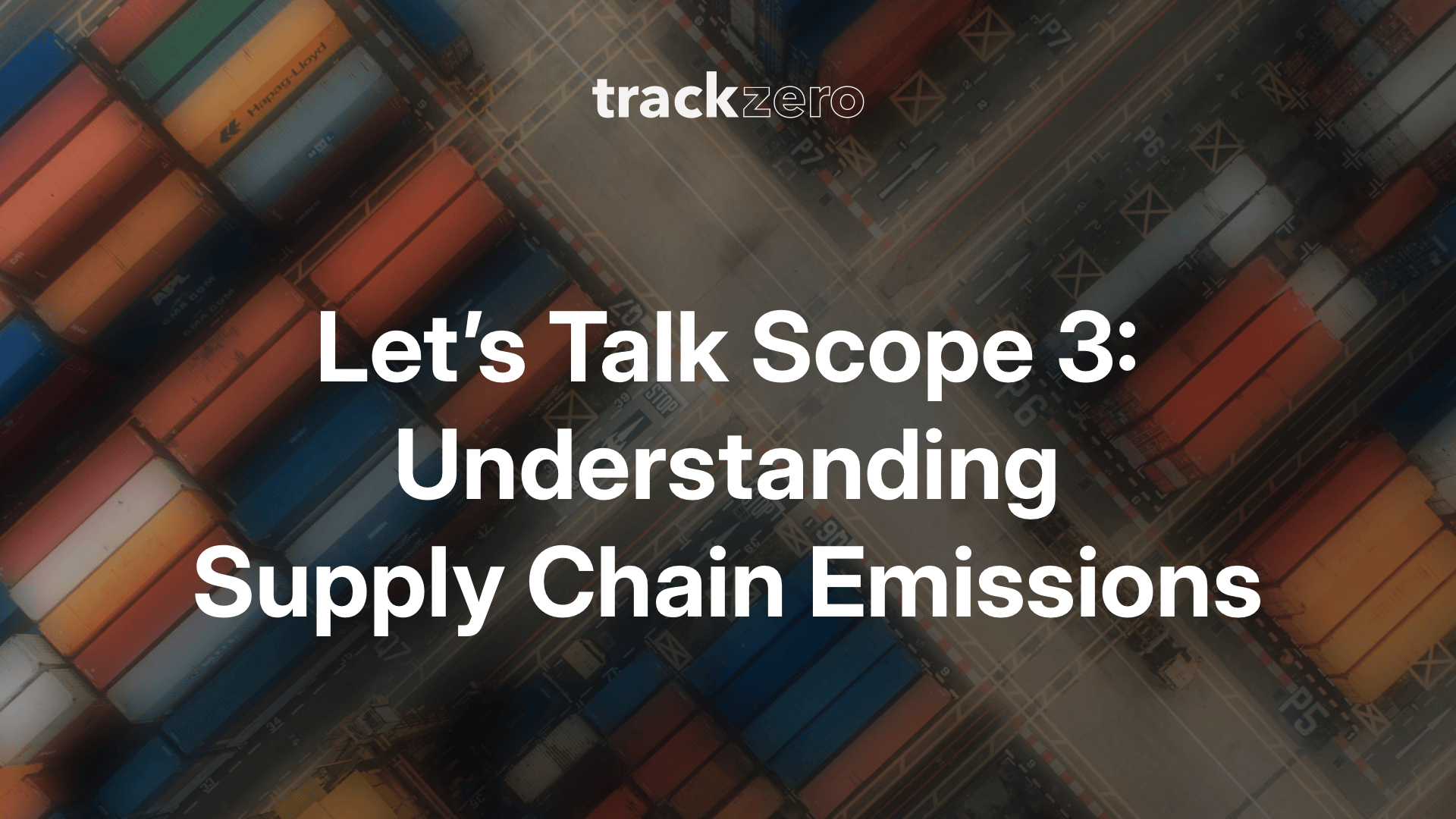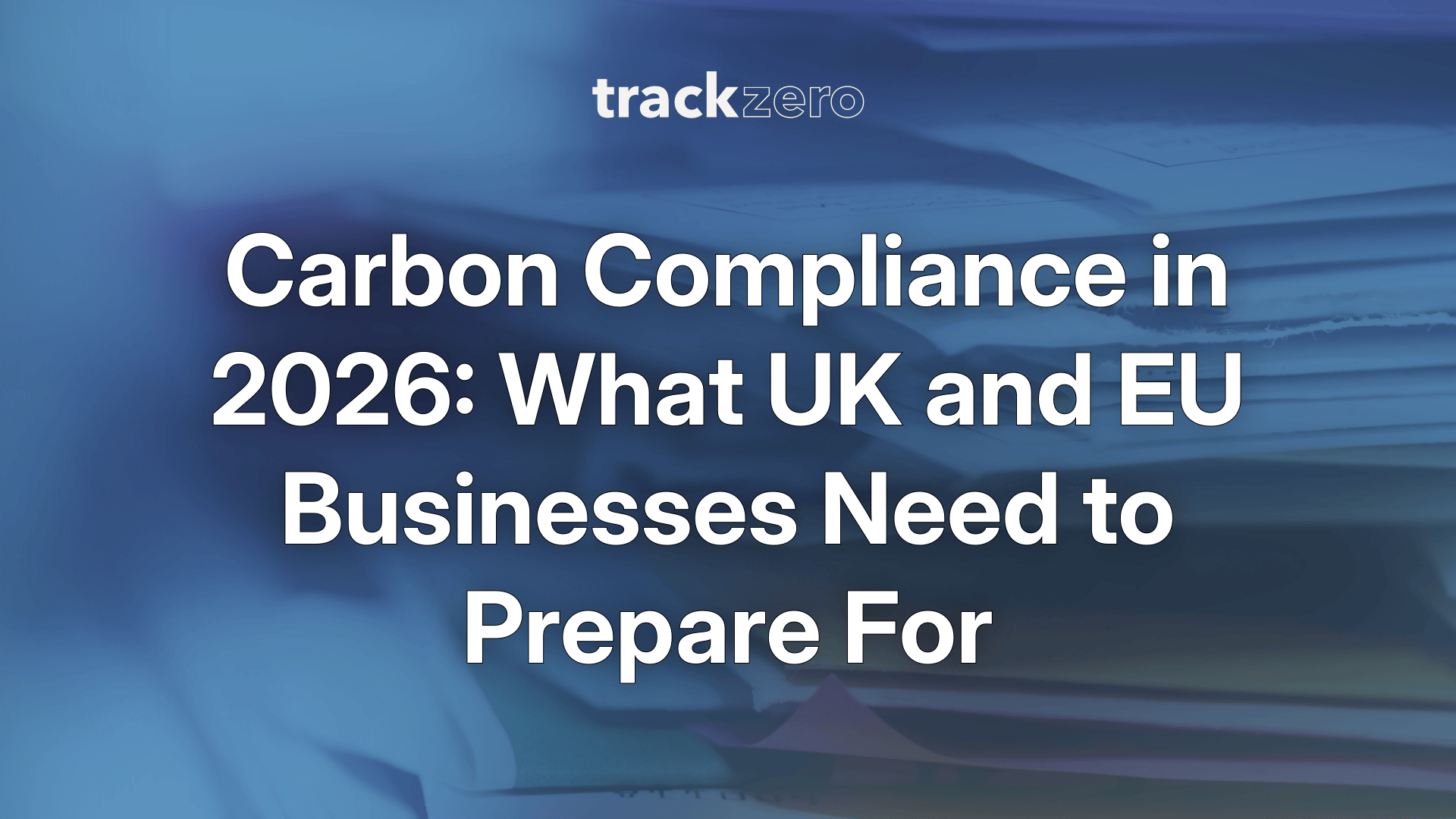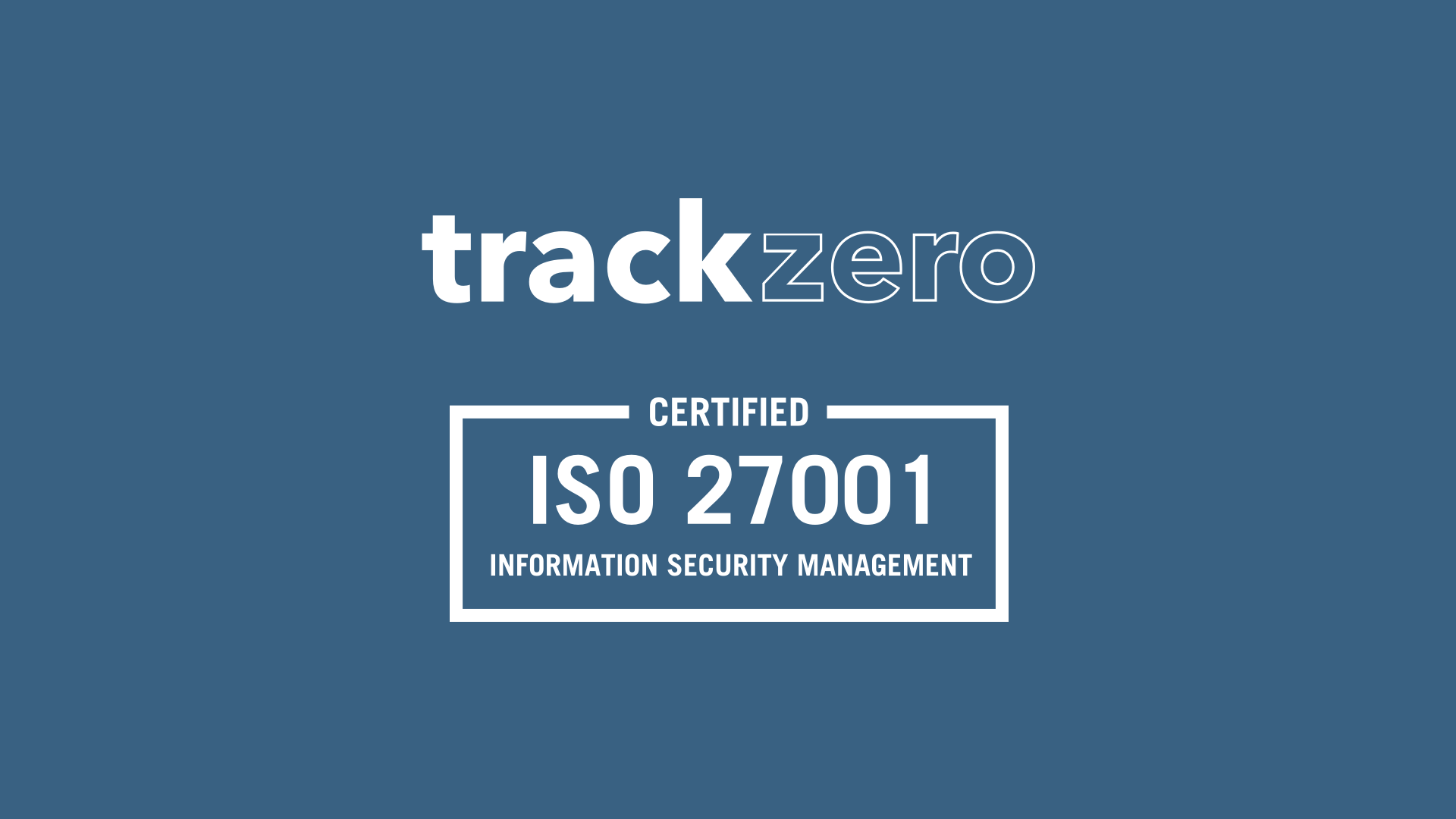When we talk about reducing a company's carbon footprint, conversations often focus on what's happening inside the business like energy usage, transport, and operations. But in reality, most emissions don't come from within the four walls of your organisation. They come from your value chain.
Welcome to the world of Scope 3 emissions, often the largest, most complex, and least understood category of greenhouse gas emissions.
What are Scope 3 emissions? 🌍
The Greenhouse Gas (GHG) Protocol, the world's most widely used carbon accounting framework, breaks emissions into three "scopes":
- Scope 1: Direct emissions from owned/controlled sources (e.g. fuel combustion)
- Scope 2: Indirect emissions from the generation of purchased electricity, steam, heat, or cooling
- Scope 3: All other indirect emissions that occur in the value chain, both upstream and downstream
In other words, Scope 3 covers everything beyond your immediate operations, including emissions from your suppliers, customers, and even employees.
Why Scope 3 is a big deal 🎯
For most organisations, Scope 3 accounts for over 70% of total emissions. That means if you're only measuring Scope 1 and 2, you're missing the bigger picture.
Here's why tackling Scope 3 is so important:
- It represents the majority of your climate impact
- It's key to meeting science-based targets and net-zero goals
- It's increasingly required for ESG reporting and compliance (CSRD, SECR, etc.)
- It drives real systems change encouraging collaboration across your value chain
Breaking it down: The 15 categories of Scope 3 🧩
The GHG Protocol defines 15 distinct categories of Scope 3 emissions. These help businesses map out where their biggest impacts (and opportunities) lie.
Upstream emissions
- Purchased goods and services
- Capital goods
- Fuel-and energy-related activities
- Upstream transportation and distribution
- Waste generated in operations
- Business travel
- Employee commuting
- Upstream leased assets
Downstream emissions
- Downstream transportation and distribution
- Processing of sold products/services
- Use of sold products/services
- End-of-life treatment of sold products/services
- Downstream leased assets
- Franchises
- Investments
So... now you know what they are, how do you even track it all?
How to Track Scope 3 Emissions 🔍
Most of the data you need sits with your suppliers or outside your direct operations, and many businesses don't know where to begin. The key is to start simple and build over time.
Here's a practical approach:
1. Map your value chain
Focus on where your biggest impacts are likely to be, such as purchased goods and services, business travel, or transport.
2. Use what you have
Many businesses begin with spend-based estimates, using how much they spend with suppliers to calculate rough emissions. It's not the most accurate method, but it's often the most accessible starting point especially when activity data (like litres of fuel or tonnes of materials) isn't available.
3. Engage suppliers
You don't need to engage your entire supply chain all at once. Start with key suppliers or categories and grow from there. Collect their scope 1 and 2 data to help feed into your scope 3.
4. Improve over time
Make sure that you are constantly improving, tracking new categories and collecting more data to improve your accuracy and completeness. The goal is to track everything and make reductions to reach net zero!
💡Imperfect data beats no data as long as you're transparent and working to improve it. Start putting measures in place to track other metrics for your scope 3.
At TrackZero, we know Scope 3 can be the hardest scope to measure, especially when you rely on data from SME suppliers who may not have the tools or expertise.
That's why we built a platform that simplifies Scope 3 from the ground up:
🎯 Guided assessments that are easy for SMEs to complete
🔄 Shared dashboards that let you track progress across your value chain
🔗 Collaboration-first design that turns data collection into a joint effort
✅ Automated insights that help you focus on what matters most
Whether you're just starting your Scope 3 journey or scaling up your reporting efforts, we're here to make it easier and more impactful. Scope 3 is central to credible climate action, but it doesn't have to be overwhelming. Let's move from confusion to clarity and shared progress, together.
TrackZero doesn't just improve your Scope 3 accuracy, it allows you to support your value chain. By giving your suppliers the tools and knowledge they need to start their sustainability journey, you're not only meeting compliance goals but you're leading the way for your entire industry 💪
📩 Want to see how TrackZero makes Scope 3 reporting easier? Book in for a demo by visiting trackzero.eco




